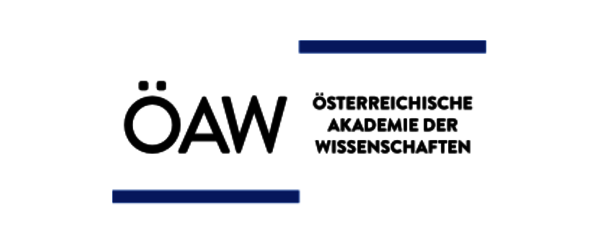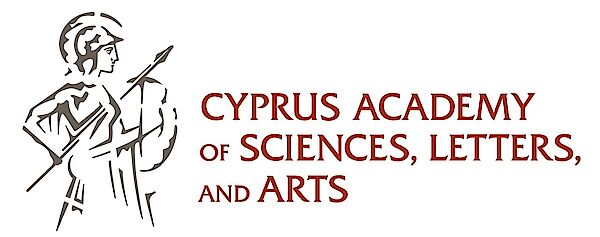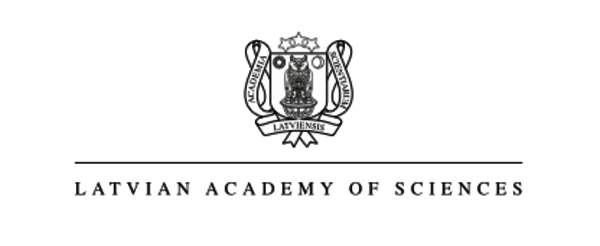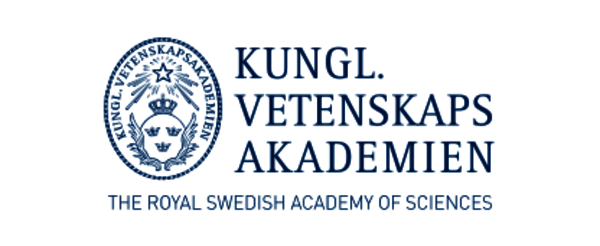News & Academies' activities
“Look before you Leap”: European Science Academies Caution against Subsidies for Bioenergy with Carbon Capture and Storage (BECCS)
A new Commentary on “BECCS and its role in integrated assessment models”, looks at the latest evidence on the ability of BECCS to deliver substantial net removals of CO2 from the atmosphere. It showsthat the models which point to BECCS as a preferred negative emissions technology to deliver on climate targets may contain weaknesses that are well-hidden “Many models ignore the fact that different feedstocks have different carbon payback periods, mistakenly considering that all bioenergy is carbon-neutral. But as much as there are differences in carbon content between different fossil fuels, there are significant differences in the climate impact of bioenergy depending on its origin,” explains Norton.
The Commentary also finds that BECCS may be over-emphasized in models for several reasons. One is because climate modelling tools assume high discount rates that favor deferring investments into the future (rather than spending now on more emission reductions). In addition, cost minimization models may have difficulty in anticipating the rapid reductions in other renewable energy costs. “Banking on future technologies such as BECCS to compensate later for inadequate emission reductions today places significant risks on future generations. Policymakers tend to assume that BECCS will not only be able to massively remove carbon from the atmosphere but will also be technically and economically feasible. However, on current evidence, BECCS projects should be of limited scale, all feedstocks provided locally and feedstock carbon payback times should be very short.”, says Norton.
In addition, many scenarios for BECCS assume that unrealistic quantities of biomass will be available. “If we look at the science, there is a significant gap between the assumed biomass use and the quantities available that are sustainable and do not conflict with higher value uses such as food production, ecosystem retention, environmental and social constraints as well as increased demands for other uses. This gap is sometimes as high as 60 percent,” says Prof. Lars Walloe, Chair of EASAC's Environment Steering Panel.
William Gillett, EASAC’s Energy Programme Director, adds: “We do not argue that BECCS can never become an option. But until the underlying assumptions regarding the availabilities and carbon payback periods of different biomass feedstocks used in integrated assessment models have been refined, and the benefits and feasibility of BECCS are proven, the EU and national governments should not be offering subsidies.”
Norton concludes: “Assuming carbon neutrality for BECCS and over-estimating the short-term impacts means that we are deluding ourselves. But by increasing the risk that temperatures will overshoot critical tipping points, we might soon discover that no good deed goes unpunished. If for example Europe’s biggest power stations, that rely on imported wood pellets, were adapted to BECCS, this is most unlikely to deliver any negative emissions after all the carbon leakages to the atmosphere have been considered. Instead, it would just cement in place an unsustainable energy system.”
The danger remains that BECCS will be offered to policymakers as a climate solution to avoid the more politically challenging mitigation options. To avoid this, EASAC strongly argues for national and international targets to formally separate any Carbon Dioxide Removal (CDR) targets and emissions reduction targets in their climate strategies, so that any CDR is treated as additional to emissions reduction.
To resolve the perverse incentives that the EASAC analyses have identified, the Commission should build on its cascade guidance for the use of our limited supply of sustainable forests to prioritise high value uses, and not to subsidize lowest priority uses for energy or BECCS that do little to help mitigate climate change.
Contacts:
General inquiries
Professor Lars Walloe | Dr William Gillett
|
|
|
About the European Academies’ Science Advisory Council (EASAC)
EASAC is formed by the national science academies of the EU Member States, Norway, Switzerland and United Kingdom, to collaborate in giving advice to European policymakers. EASAC provides a means for the collective voice of European science to be heard. Through EASAC, the academies work together to provide independent, expert, evidence-based advice about the scientific aspects of European policies to those who make or influence policy within the European institutions. www.easac.eu
back to overview

































